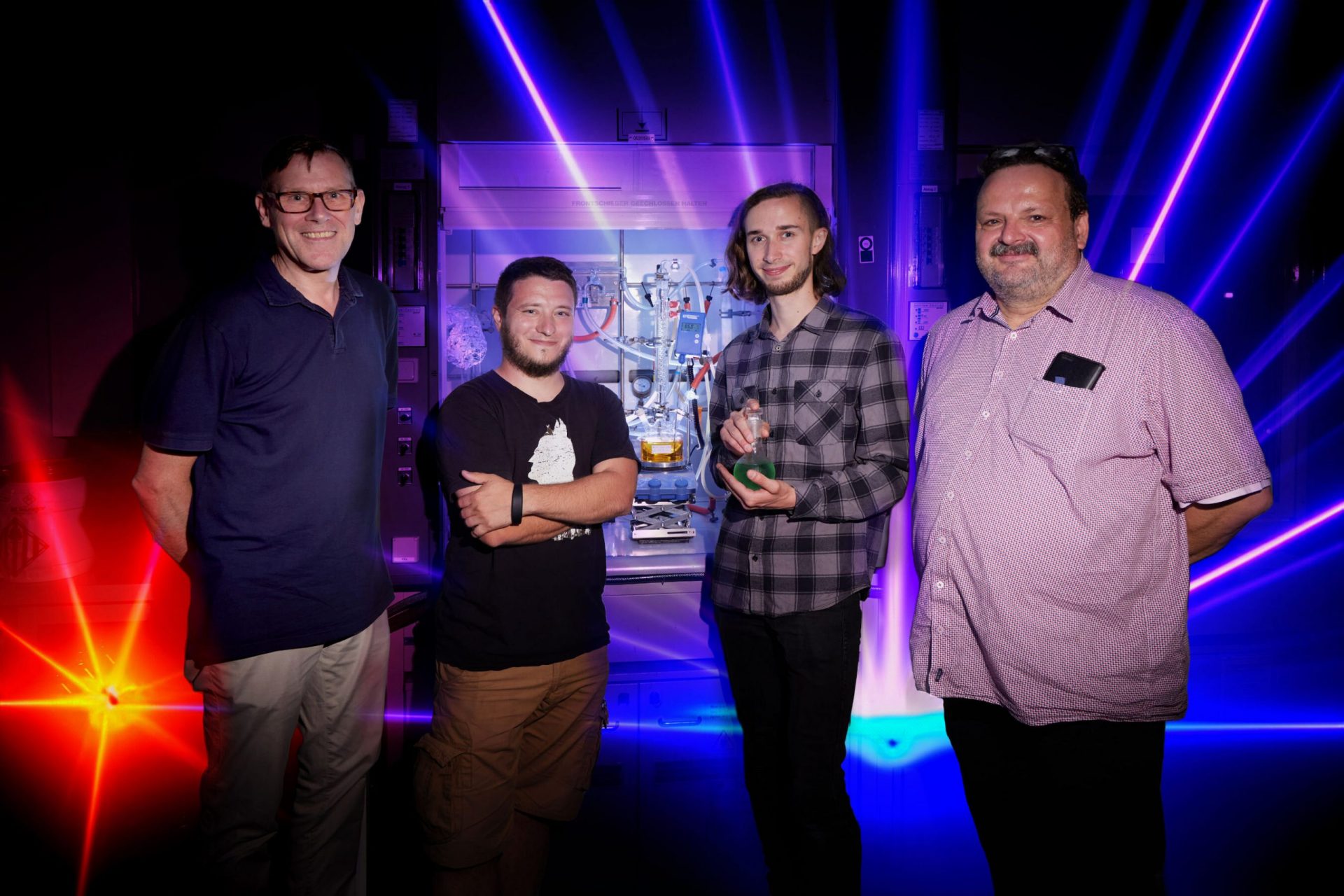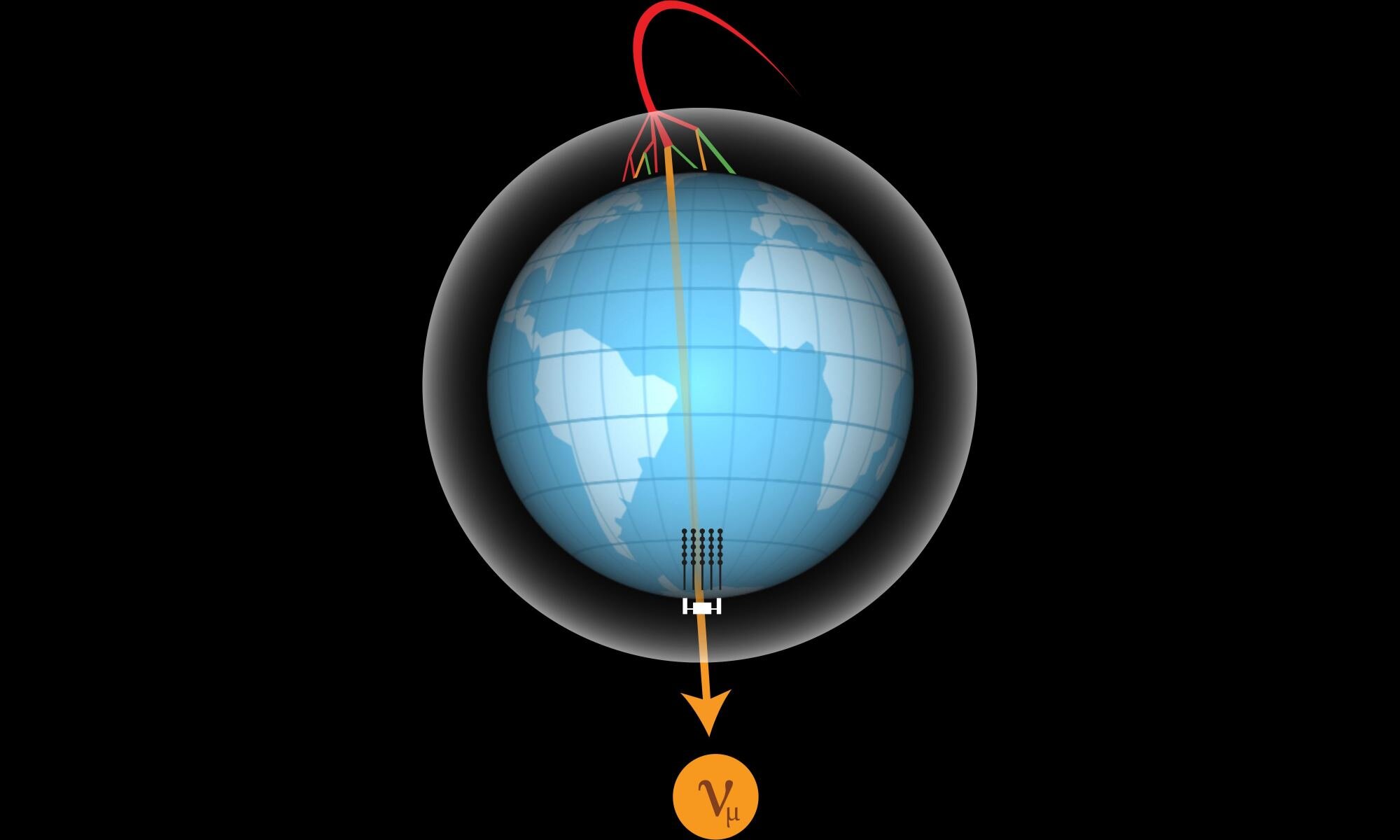A groundbreaking catalysis scheme revolutionizes chemical reactions that were once deemed impossible. Developed at the University of Bonn, this method is not only environmentally friendly but also eliminates the need for rare and precious metals.
The researchers have captured the precise progression of the catalysis using advanced lasers that can visualize processes lasting mere fractions of a billionth of a second. These findings enable further optimization of the catalyst and have been published in the international edition of Angewandte Chemie.
Imagine playing mini golf. There’s a small hill on the course that the golf ball must overcome to reach the hole behind it. To achieve this, you need to strike the ball with enough force. Otherwise, it will roll back towards you instead of clearing the obstacle.
Many chemical reactions follow a similar principle: they require an initial energy supply to proceed. Catalysts reduce this activation energy. In the mini golf analogy, they level the hill, allowing the ball to roll over with less momentum. This makes the reaction easier and faster. “Some reactions are only made possible by the use of catalysts,” explains Prof. Dr. Andreas Gansäuer.
Titanium instead of precious metals
Prof. Dr. Andreas Gansäuer, from the Kekulé Institute of Organic Chemistry and Biochemistry at the University of Bonn, has been researching ways to simplify the production of specific carbon compounds. Typically, catalysts are employed for this purpose. However, these catalysts often consist of rare and precious metals like platinum, palladium, or iridium.
“We usually use titanium compounds instead,” says Gansäuer. “Titanium is abundant in the earth’s crust and completely non-toxic.” However, titanium-based catalysts often require a companion metal to accelerate chemical reactions. This additional metal activates the catalyst, is consumed in the reaction, and generates waste by-products.
“This approach is costly and unsustainable,” emphasizes Prof. Dr. Peter Vöhringer, Gansäuer’s colleague from the Clausius Institute for Physical and Theoretical Chemistry at the University of Bonn. “However, there have been attempts to achieve activation differently: by irradiating the catalyst with light. We have now successfully implemented this idea while simultaneously capturing the processes that occur during activation and catalysis.”
Lasers create a ‘lightning storm’
The researchers used a spectrometer as a “high-speed camera” to observe the catalysis process. This complex instrument determines the molecular structure at specific points in time. To achieve this, the researchers employed a laser that continuously switches on and off.
Each bright moment lasts only a few hundred femtoseconds (a femtosecond is a millionth of a billionth of a second). This breakdown of the catalysis process into individual images allows the visualization of ultrafast processes. “Our method enables us to see what happens in these fleeting moments,” explains Prof. Dr. Peter Vöhringer, an expert in this technique.
Not all molecules are easily filmable. “We had to make modifications to the titanium catalyst we typically use,” says Gansäuer. The experiments demonstrate that the compound can be activated by light and subsequently catalyze specific redox reactions. In redox reactions, electrons are transferred between reactants. “The activated catalyst facilitates this process,” Gansäuer explains. “It allows us to produce compounds that serve as starting materials for many important drugs.”
Greedy for electrons
The “high-speed film” precisely documents the events during light activation. “Electrons behave like compass needles pointing in a specific direction,” says Jonas Schmidt, a doctoral student in Prof. Vöhringer’s research group. “Irradiation alters their spin.” Figuratively speaking, the titanium compound becomes “greedier” for an electron. Once it captures one, the redox reaction begins.
“Thanks to the insights gained from our method, we can further optimize the catalyst,” explains Vöhringer, who, like Gansäuer, is a member of the matter transdisciplinary research area at the University of Bonn.
This breakthrough allows for the execution of chemical reactions that were previously extremely challenging. It also exemplifies the fruitful collaboration between organic chemistry and laser and molecular physics. Vöhringer states, “Our study showcases the benefits that arise from collaboration between research groups with diverse methodological backgrounds.”
,,,








